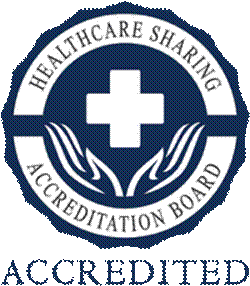Knowing how to perform CPR on a toddler can be the difference between life and death in an emergency situation. Toddlers are naturally curious and prone to accidents, such as choking or drowning, which can lead to sudden cardiac arrest.
How to Give CPR to a Toddler: A Step-by-Step Guide
Important! This method applies to children at least 1 year old. If the child is under 1 year old, you should use the infant CPR technique.
When you arrive on the scene, the first thing to do is to ensure the area is safe for both you and the child. Checking the scene for safety is crucial to avoid any further harm.
If the child is on their stomach, carefully turn them over onto their back, ensuring they are lying on a hard, flat surface.
Next, check the child for consciousness and signs of life. Look for signs of life and breathing for no more than 10 seconds before moving to the next step. It is important to stay calm and focused - remember God is with you and will give you strength!
If there is no response, call 911 immediately, and then begin CPR.
Video Credit To: Cincinnati Children's Hospital
To begin CPR, position one hand on the center of the child's chest and place your other hand on top. With your elbows locked and arms straight, lean over the child’s chest and compress it two inches in depth, performing 30 compressions at a rate of 100 to 120 compressions per minute. This technique helps to maintain blood flow and is a vital part of the resuscitation process.
After the compressions, open the airway by tilting the head back and lifting the chin. Pinch the child's nose shut, place your mouth over the child's mouth to create an airtight seal, and give two slow, gentle breaths. Each breath should be just enough to make the chest rise.
Continue the cycle of 30 compressions followed by two breaths. Maintain this rhythm, performing 30 compressions and then two breaths repeatedly. Continue CPR until another rescuer takes over, you see signs of life, or help arrives.
During this process, staying calm and focused is essential. Remember that through your efforts, and with faith, you are providing the best possible chance for the child's recovery.
Education Opportunities
Understanding and knowing how to perform CPR is crucial. There are many opportunities to become certified in CPR, both online and in-person. The Red Cross offers certifications in CPR training, as well as the National CPR Foundation at https://nationalcprfoundation.com/. Gaining this knowledge equips you with the skills to act confidently in emergency situations, making a significant difference in the lives of those in need.
By learning CPR, you are taking a vital step in being prepared to help others, embodying the spirit of compassion and service that our faith encourages.




.png)






